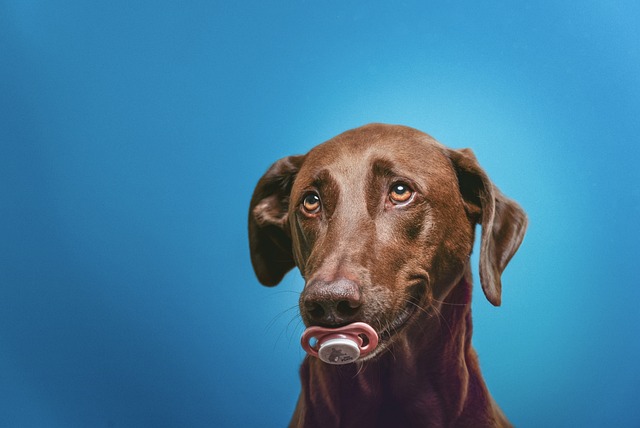
What is glaucoma in a dog?
You might notice your dog squinting more at mealtime or avoiding bright sunlight—these small changes could be early signs of a serious eye condition.
How long does a dog take to get rid of parvo? For new pet parents, few diagnoses spark more panic than this—imagining your playful pup suddenly lethargic, refusing meals, or struggling with diarrhea. Parvo, a highly contagious virus targeting the intestinal tract, doesn’t follow a one-size-fits-all timeline, but understanding the factors at play can ease the worry.
Most dogs start showing improvement within 3 to 4 days of aggressive treatment, with full recovery taking 7 to 10 days in uncomplicated cases. Puppies under six months or dogs with weakened immune systems often take longer—sometimes 2 weeks—since their bodies fight harder to bounce back. The key variable? How quickly you get them to the vet. Delaying care even 24 hours can extend recovery by days, as dehydration and infection take hold.
Treatment focuses on supportive care, not curing the virus itself. Vets typically administer IV fluids to combat dehydration, anti-nausea meds to stop vomiting, and antibiotics to prevent secondary infections. Think of it like helping a sick child: the body needs strength to fight off the illness, so these interventions buy time. It’s common for dogs to stay in the clinic for 5 to 7 days, especially if they can’t keep food down—monitoring their fluid levels and vital signs makes all the difference.
 At home, post-clinic care plays a huge role in shortening recovery. Feed small, frequent meals of bland food (vet-recommended kibble or boiled chicken and rice) to ease their sensitive stomachs. Strict rest is non-negotiable; overexertion stresses their still-healing bodies. Also, isolate them from other pets—parvo lingers in feces, and even a quick sniff from another dog can spread it. This isn’t just kind; in many areas, failing to contain contagious diseases puts you at odds with local animal health codes.
At home, post-clinic care plays a huge role in shortening recovery. Feed small, frequent meals of bland food (vet-recommended kibble or boiled chicken and rice) to ease their sensitive stomachs. Strict rest is non-negotiable; overexertion stresses their still-healing bodies. Also, isolate them from other pets—parvo lingers in feces, and even a quick sniff from another dog can spread it. This isn’t just kind; in many areas, failing to contain contagious diseases puts you at odds with local animal health codes.
Prevention ties directly to recovery timelines, too. Most regions require puppies to get a series of parvo vaccines starting at 6 to 8 weeks, with boosters every few weeks until they’re 16 weeks old. Skipping these shots isn’t just risky—it’s often against local laws, designed to protect community dog populations. A fully vaccinated adult dog rarely gets severe parvo, and if they do, their recovery is usually faster than an unvaccinated pup’s.
Cleaning your home thoroughly cuts down on reinfection risks, which can prolong the process. Parvo survives on surfaces for months, so use a bleach solution (1 part bleach to 30 parts water) on floors, bowls, and toys. This matters in apartments especially—shared spaces like hallways or dog runs can harbor the virus, putting other pets at risk even after your dog recovers.
In the end, parvo recovery is a marathon, not a sprint. With prompt vet care, diligent at-home support, and strict prevention measures, most dogs bounce back to their tail-wagging selves. Remember, this virus underscores why routine vet visits and vaccines aren’t just checklists—they’re your best tools to keep recovery times short and your pup healthy for years to come.

You might notice your dog squinting more at mealtime or avoiding bright sunlight—these small changes could be early signs of a serious eye condition.

Let’s set the scene: It’s a sweltering Phoenix afternoon—105°F outside—and you rushed your 2-year-old Lab mix, Cooper, on a quick walk to “get it over with.”

Let’s get real: You’re in your Miami apartment, watching your 3-year-old Corgi, Loki, struggle to climb the stairs to your second-floor unit.

Many dog owners brush off occasional scratching as just “dog behavior,” but persistent itching often signals something more—like a food allergy.

You might first notice your dog scratching more than usual—chewing at their paws until the fur looks thin, or rubbing their face against the couch nonstop.

Let’s be real: You’re standing in your Chicago apartment, watching your 3-year-old Beagle, Max, huff and puff just to climb onto the couch.